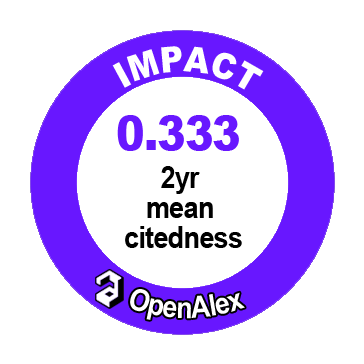Demand for Healthcare Services and Resultant Costs of Treatment by Public and Private Providers in India: An Inter-State Analysis of National Sample Surveys for 1986-87, 1995-96, 2004, 2014 and 2017-18
DOI:
https://doi.org/10.55220/2576-6759.533Keywords:
Equity in healthcare, Healthcare costs, Morbidity, Public vs private hospital cost ratios, Untreated illnesses.Abstract
This paper focuses on changes in people's health seeking behaviour, reliance on government health providers, and differentials in the cost of treatment at public and private facilities over the five National Sample Survey rounds undertaken during 1986–87, 1995–96, 2004, 2014 and 2017-18. An exclusive section is devoted on key factors influencing uptake of health insurance and resultant financial protection received specifically by poor families through analyses of 2014 and 2017-18 datasets. With wide variations across states, it is discovered that over time, less people sought care from public providers and more people preferred private providers. However, in the most recent round of 2017-18 an improvement is recorded in use of public hospitals over private for inpatient care, overall as well as most of states. Despite the fact that both men and women are now more likely to seek treatment for their illnesses, a sizeable portion of the population (more in rural than in urban areas), still refuses treatment because they believe their illness is not serious enough to warrant it. Whilst the real cost of healthcare has gone up over time, the difference between public and private treatment costs has contracted, possibly as a result of the higher recurring cost in public health facilities and levying user fees and cutting on the provision of free medication. Since the middle of the 2000s, public insurance companies have offered low-cost hospitalisation insurance programmes like the Jan Arogya Bima Policy and Rashtriya Swasthya Bima Yojana (RSYB) as well as Ayushman Bharat Yojana to help with the healthcare needs of the underprivileged section of society. Interestingly, compared to 2014 the real cost of treatment for inpatient care in 2017-18 has declined for urban residents in most of states (14 out of 17) whilst for rural residents this has been noticed in only 5 states, thus reflecting a healthy change in the reduced burden of treatment.





